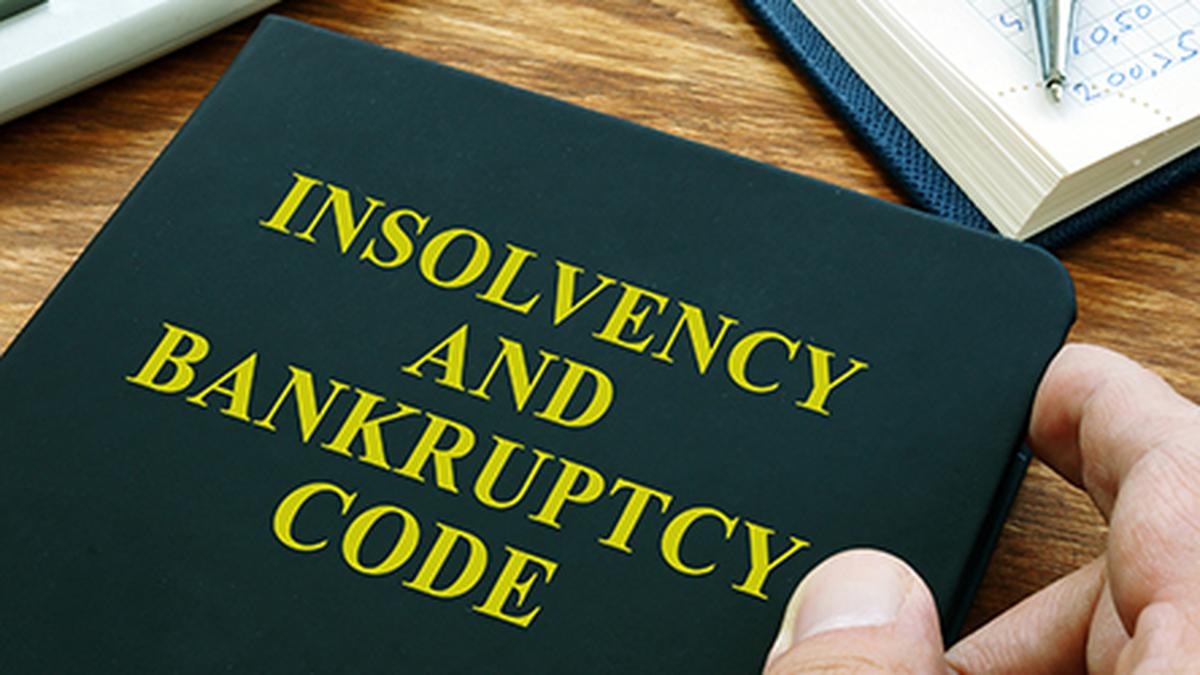
Falling recovery rates and increase in resolution time dent IBC’s success, says CRISIL
The Hindu
Falling recovery rates from 43% to 32% between March 2019 and September 2023, and an increase in the average resolution time from 324 to 653 days versus the stipulated 330 days have emerged as impediments to the success of the Insolvency and Bankruptcy Code (IBC) which has completed 7 years, according to a report by CRISIL Rating.
Falling recovery rates from 43% to 32% between March 2019 and September 2023, and an increase in the average resolution time from 324 to 653 days versus the stipulated 330 days have emerged as impediments to the success of the Insolvency and Bankruptcy Code (IBC) which has completed 7 years, according to a report by CRISIL Rating.
“There are two reasons for this. First, limited judicial bench strength and delays in identification and acknowledgement of default. Second, significant delay in the pre-IBC admission stage (650 days in fiscal 2022 increased from about 450 days in fiscal 2019) has suppressed recovery rates,” the rating agency said.
This has led to a diminution in asset values and sub-optimal recoveries, it added.
To improve efficacy, new amendments in the past 12 months have been made to the IBC. These include approval for sale of assets/resolution plan on a segregated basis, increasing the number of National Company Law Tribunal benches to 16 and extending timelines for filing claims, among others, it further said.
Additionally, sector-specific amendments, provision for audit of corporate debtor, and modifications in Form-G2 will also improve the process. These amendments and their effective implementation can reduce resolution times and backlog of cases over the near to medium term, it said.
Sushant Sarode, Director, CRISIL Ratings Ltd, said, “The IBC’s effectiveness can be increased using CDE approach, where C stands for Capacity augmentation, D for Digitalisation and E for Expansion of pre-pack resolutions to large corporates.”
“Improved infrastructure, such as expanding bench strength of judges for higher throughput of cases, digitalisation of IBC platforms for connecting all stakeholders to eliminate data asymmetry, and expansion of scope of pre-pack insolvency resolution for large corporates will prevent value erosion due to time,” he said.













